"Treasure" under the swamp
Lying beneath a vast expanse of spruce forests, swamps and meandering rivers in Northern Ontario, the “Ring of Fire” is considered by Canadian government and industry officials to be one of the world’s most important untapped sources of rare earths, including nickel, copper and cobalt.
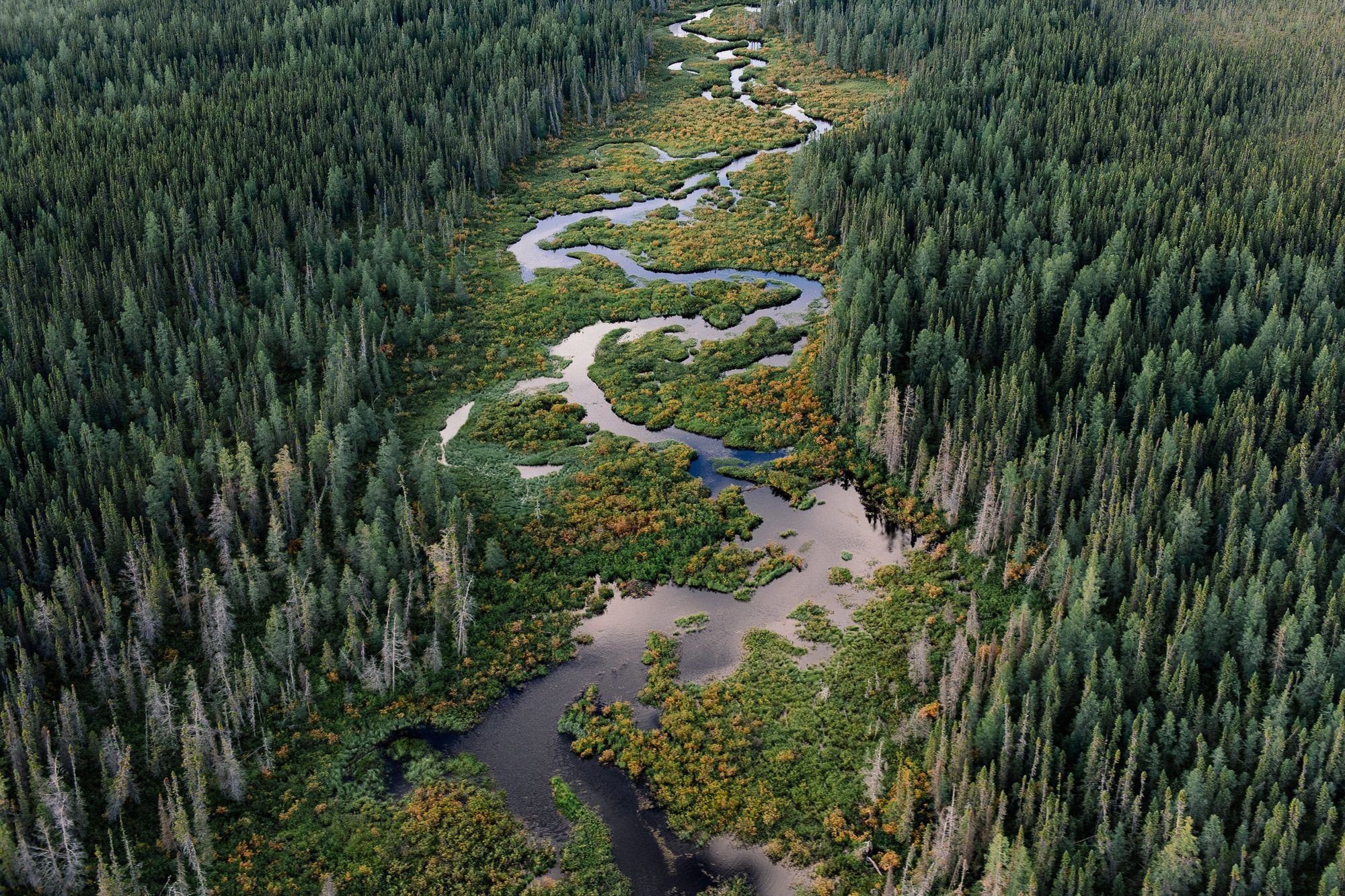
Beneath a vast spruce forest, swamps and meandering rivers in northern Ontario lies a mineral deposit worth tens of billions of dollars. Photo: WSJ
But these precious metals, which are essential to making the batteries that power electric vehicles, are buried beneath a vast ecosystem of peat bogs, known locally as “breathing land,” which contains more carbon per square meter than the Amazon rainforest.
The “Ring of Fire” formed nearly three billion years ago, covering 5,000 square kilometers. Shifting tectonic plates fractured the continent and mineral-rich magma seeped from the Earth’s core. Then a receding ice sheet left a muddy, watery landscape covered in minerals that metals industry analysts estimate are worth tens of billions of dollars.
In 2007, prospectors discovered deposits rich in nickel, copper and chromium, a mineral used to make stainless steel, found mainly in South Africa. Mining marketers named the area the Ring of Fire after the popular Johnny Cash song, because the mineral deposits in the area appear as a red crescent in magnetic images.
The discovery has attracted leading North American mining companies such as Noront Resources and Cleveland-Cliffs. The largest nickel deposit, Eagle's Nest, located in the "Ring of Fire," is "the most valuable undeveloped nickel deposit in the world," according to Australian billionaire Andrew Forrest, who bought a stake in Noront Resources through his mining company Wyloo Metals.
Wyloo estimates that, along with its nickel holdings, the Ring of Fire's reserves of platinum, palladium, copper and chromium could be worth $67 billion.
To exploit or not to exploit?
As electric vehicle production increases, so does demand for such metals, which are key components in the manufacture of electric vehicles and military equipment. Nickel in particular is in high demand: Last year, global nickel use totaled 3.16 million tons, according to research firm Benchmark Mineral Intelligence. By 2035, the amount of nickel needed to keep up with global demand will nearly double, to 6.2 million tons.
So projects like the Ring of Fire represent a new era for mining and are an essential part of the global movement toward electrification. But they have also sparked a battle between mining companies, climate advocates and indigenous groups over how or whether to mine these rare earths.
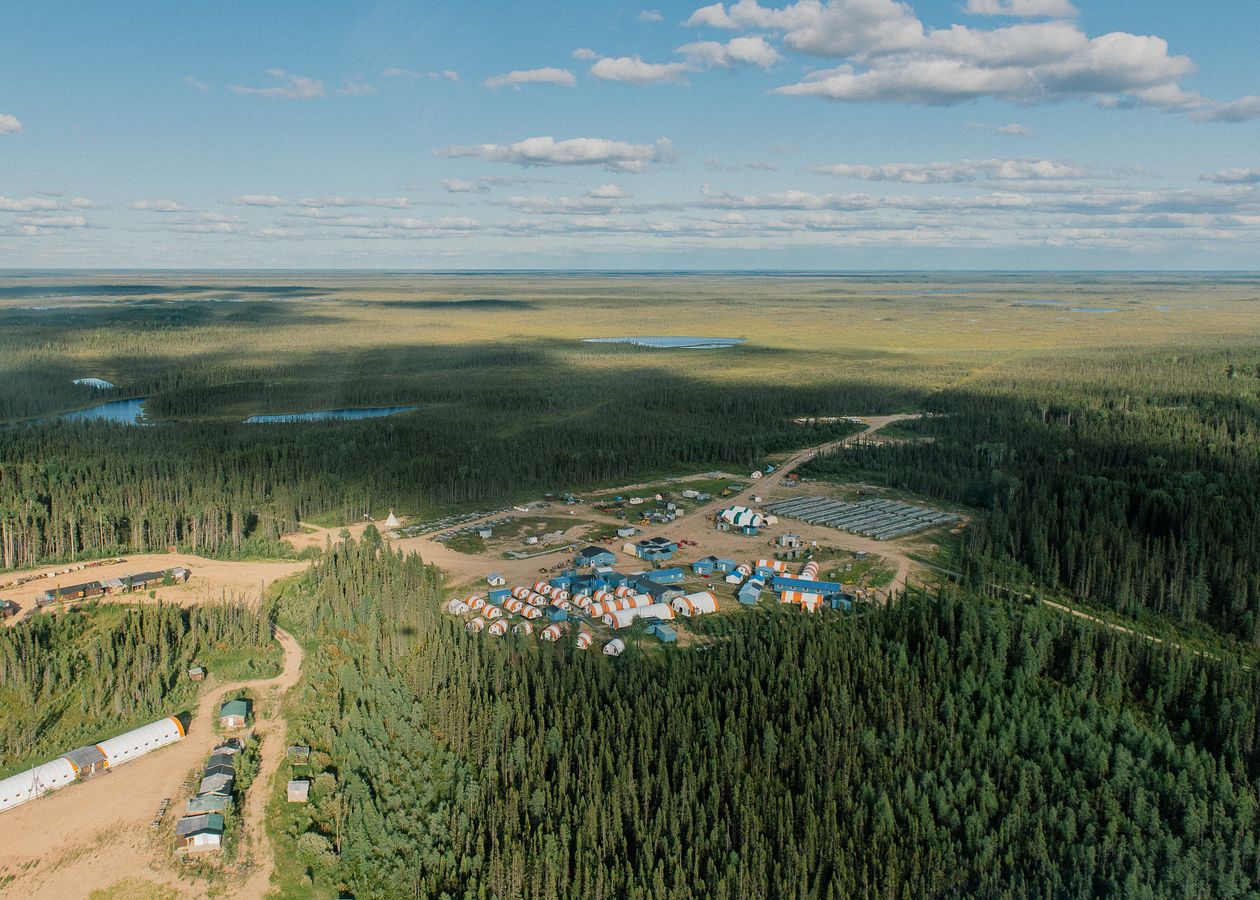
Wyloo Metals' exploration camp in the Ring of Fire region. Photo: WSJ
Opponents warn that disturbing the area could have far-reaching consequences. “We are threatening to destroy a lot of forests and peatlands that eat carbon out of the atmosphere. The impact could be catastrophic,” said Kate Kempton, a lawyer representing indigenous groups suing the Ontario government to block development in Northern Ontario, including the “Ring of Fire.”
Lorna Harris, director of the Canadian Wildlife Conservation Society, also opposes the destruction of the region’s pristine ecosystem, especially the network of peat bogs. “If you disturb the peat, if you dry it out, the damage could be irreparable in our lifetime. We should leave it alone,” Harris said.
Peat is made up of partially decomposed vegetation that has accumulated over thousands of years, trapping carbon in the bog. Harris said damaging the area could release 1.6 billion tonnes of carbon dioxide into the atmosphere, more than double the 730 million tonnes emitted by all of Canada in 2019.
But local leaders are supportive of mining, saying it could give the region a major economic boost. “If I had to jump on a bulldozer myself, we’d start building roads to the Ring of Fire,” said Doug Ford, the premier of Ontario, which recently signed deals with automakers Volkswagen and Stellantis to build battery plants in the province.
For mining companies, there are also technical difficulties. Currently, the heavy equipment needed for exploration and mining can only be transported by truck on the ice road in winter or flown in until cargo planes can land on the frozen lake next to the exploration camp.
Wyloo said such logistics would be impossible once the mine began producing ore. But the company has found allies in Marten Falls First Nation and Webequie First Nation, the two Indigenous communities closest to Eagle’s Nest. They are working to build nearly 500 kilometres of road connecting the mine to their communities and the state’s highway system that runs across Ontario.
“We want to be a partner in the economy. We want to grow our community,” said Chief Bruce Achneepineskum, who leads Marten Falls, located 75 miles southeast of the Eagle’s Nest mine.
There are too many disagreements.
Neskantaga First Nation, a community located about 130 kilometres southwest of Eagle's Nest, is opposed and has sued the Ontario government to block mining in the area. Neskantaga First Nation leaders say they are frustrated that the neighbouring community of Marten Falls was not properly consulted on the issue.
Canada has signed a United Nations declaration that says it must consult and obtain “free, prior and informed consent” from Indigenous peoples for decisions and projects that affect their communities.
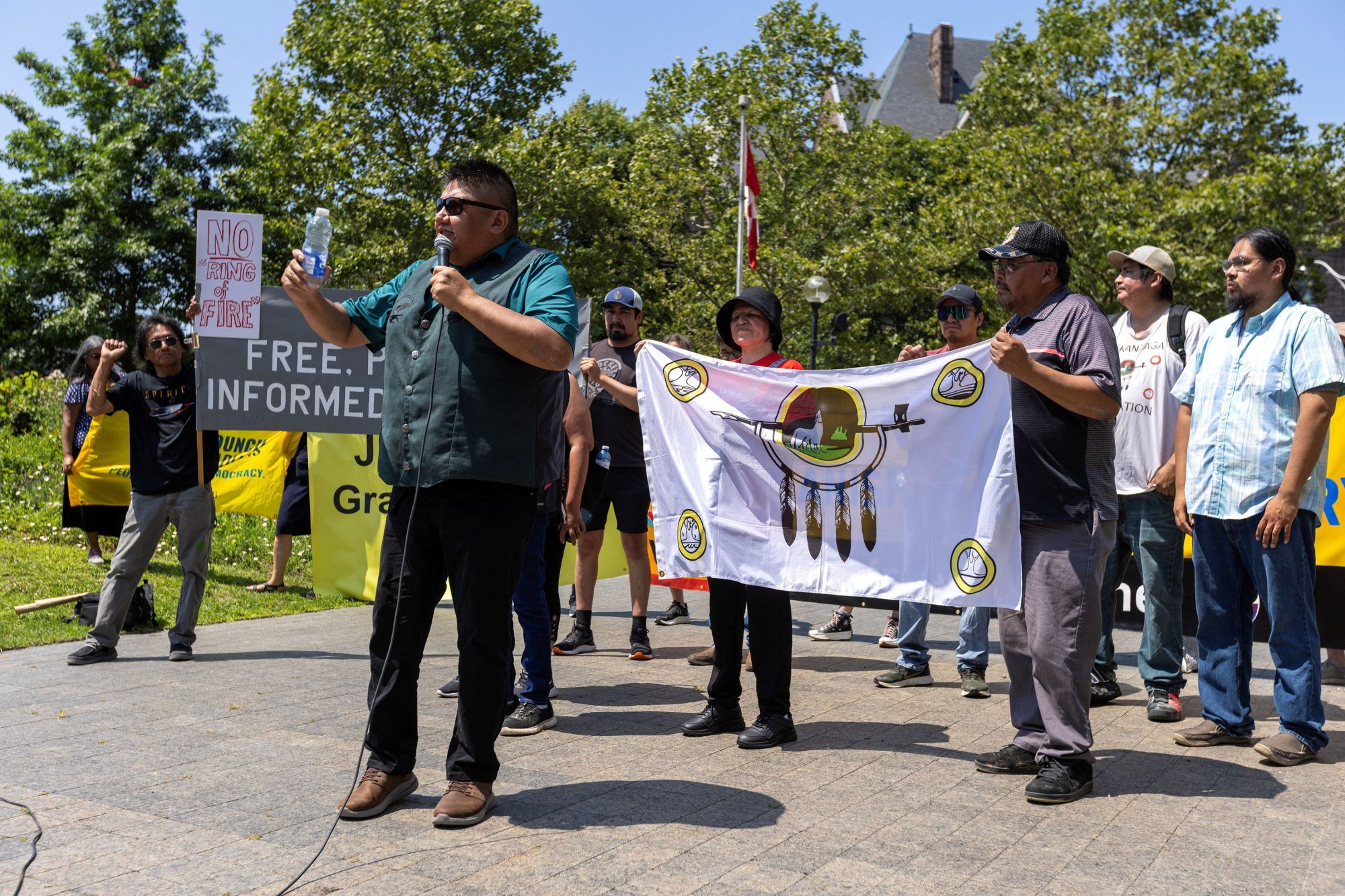
Indigenous communities protest against mining in the “Ring of Fire”. Photo: Reuters
The Ontario government is still trying to convince Indigenous communities to approve mining in the “Ring of Fire,” while also seeking judicial review of two major resource projects that are going through the “Federal Impact Assessment” system.
The legal move is an attempt to block the federal government from making any decisions about mining in Ontario, something the Supreme Court of Canada has ruled unconstitutional. Ontario wants to make its own decisions about mining, but Ottawa argues the federal government has the right to review energy, mining and industrial projects to protect Indigenous peoples and the environment.
Canada’s Environment Minister Steven Guilbeault said the Ring of Fire is “clearly a federal jurisdiction,” vowing to assert Ottawa’s authority, especially when it comes to Indigenous land. The minister’s office said Ontario’s legal moves were “a waste of time.”
It’s unclear how the dispute will be resolved. And while the above-ground dispute rages, one of the world’s largest rare earth deposits continues to lie dormant beneath Ontario’s vast peat and carbon sinks.
Quang Anh
Source


![[Photo] National conference to disseminate and implement Resolution No. 66-NQ/TW and Resolution No. 68-NQ/TW of the Politburo](https://vphoto.vietnam.vn/thumb/1200x675/vietnam/resource/IMAGE/2025/5/18/adf666b9303a4213998b395b05234b6a)


![[Photo] More than 17,000 candidates participate in the 2025 SPT Competency Assessment Test of Hanoi National University of Education](https://vphoto.vietnam.vn/thumb/1200x675/vietnam/resource/IMAGE/2025/5/17/e538d9a1636c407cbb211b314e6303fd)

![[Photo] Prime Minister Pham Minh Chinh chairs meeting on science and technology development](https://vphoto.vietnam.vn/thumb/1200x675/vietnam/resource/IMAGE/2025/5/17/ae80dd74c384439789b12013c738a045)



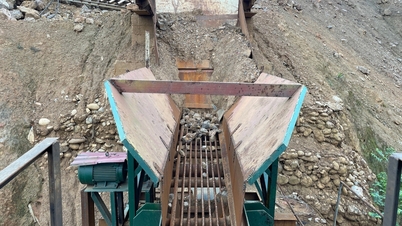
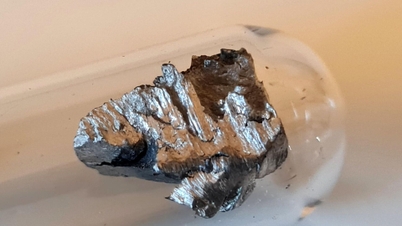







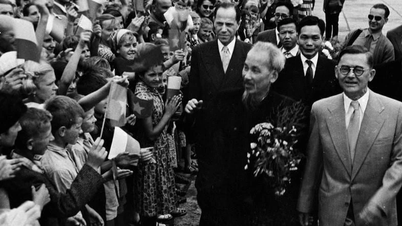

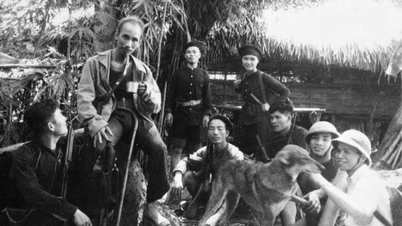


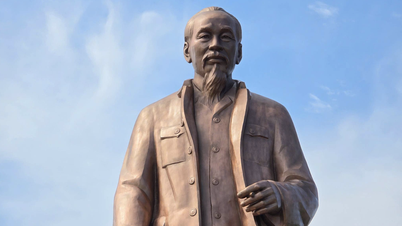










![[Photo] Readers line up to visit the photo exhibition and receive a special publication commemorating the 135th birthday of President Ho Chi Minh at Nhan Dan Newspaper](https://vphoto.vietnam.vn/thumb/1200x675/vietnam/resource/IMAGE/2025/5/17/85b3197fc6bd43e6a9ee4db15101005b)
















































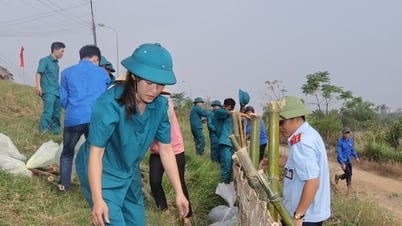



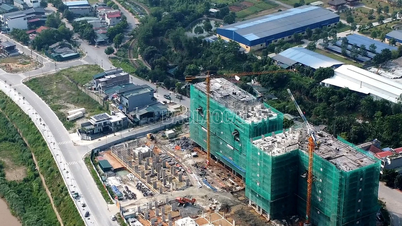









Comment (0)